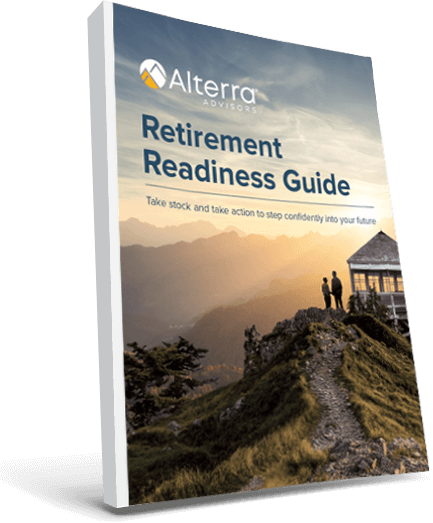Living in the Pacific Northwest, you’ve almost certainly done a bit of climbing or hiking. If so, you learn quickly that ascending the mountain takes a different approach than descending the mountain. Skills required, muscles used and awareness needed all change when you finish the climb and start the descent.
I see a similar relationship in wealth management, building and saving to reach the summit of financial independence, and creating income to support the journey down the mountain. Often, I find wealth management is looked at one dimensionally, with the focus being on how to accumulate assets on the way to retirement, yet when asked about the approach to create a paycheck from those assets, there is no plan. So what does it take to successfully climb and descend the Wealth Mountain?
Ascending – Accumulation and Growth
When building your nest egg, we’re focused on a few key points.
- Goals. Before we start the climb, we first need to know where we’re going and what we’ll need to get to the top. This means setting a goal for retirement – knowing full well this is likely to change over time – and identifying how much you need to accumulate to meet your future needs.
- Growth. With a long time horizon, you can afford to take on more risk than you can in retirement, so we’re looking at strategies to make sure your money is hard at work.
- Taxes. Don’t overlook the drag that taxes can have on your ability to build. Consider all available strategies to generate tax-free income in retirement or tax deferral today.
- Protection. We’re not primarily concerned about volatility quite yet, but it’s worth protecting your assets from creditors wherever possible through retirement accounts, business entity structures, and proper levels of liability insurance.
With these goals and strategies set, you’ll be well on the way to successfully reaching the summit. Now, our focus shifts to a safe descent.
Descending – Income, Stability…and Growth
Getting down the mountain takes as much, if not more, planning than the ascent. Volatility can wreak havoc on a portfolio trying to deliver consistent paychecks by pulling out principal when it is priced down, potentially forcing you to lower your income going forward, which isn’t typically the goal. With the goals set during your ascent, we’ll know how much you plan to spend. During the descent, we have a few different focuses.
- New Goals. Where will your paycheck actually come from? How much should you have in reserves? What about growth? Creating a plan for each of these buckets helps select appropriate strategies for your descent.
- Safety. You’ll need a well stocked cash reserve and a plan to reduce volatility in your nest egg – at least in the portion you’ll use for income.
- Income. Making shifts in your portfolio to increase dividend and interest income can help preserve principal and extend the life of your investments.
- Growth. Reducing volatility and protecting your principal takes a front seat in the descent, but we can’t forget about growth. If you’re drawing on these assets for 10-20 years or more, we’ll need to balance safety and income with future growth to meet tomorrow’s income needs.
A safe descent starts with these steps. They help provide consistent monthly paychecks, protect your principal, and ensure you don’t run out of supplies before the climb down is complete. While the ascent and descent each have unique focuses, your financial plan should address both phases and give you the peace of mind needed to enjoy the entire journey!
The “Alterra” name was coined by joining the Latin roots “alter”, the origin of the word “altruism” with “terra” meaning earth or land. This name reflects the company philosophy of “clients before profits” and providing firmly grounded advice.


